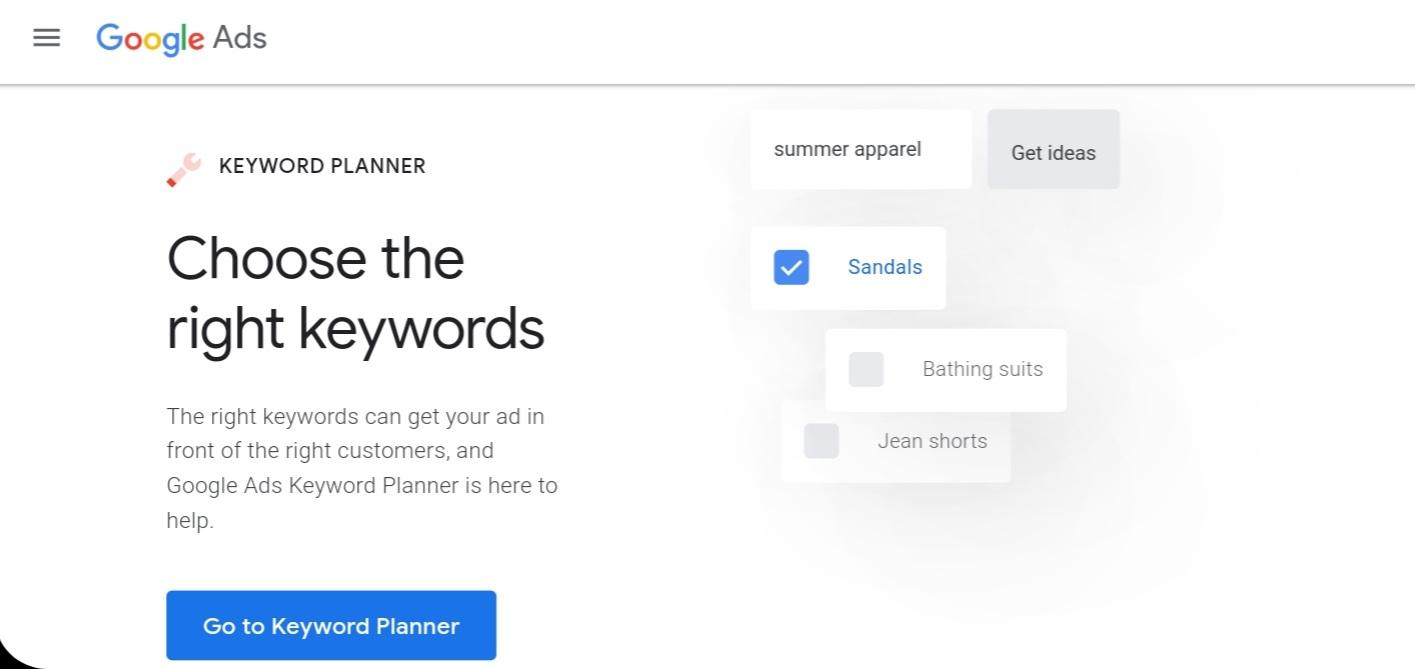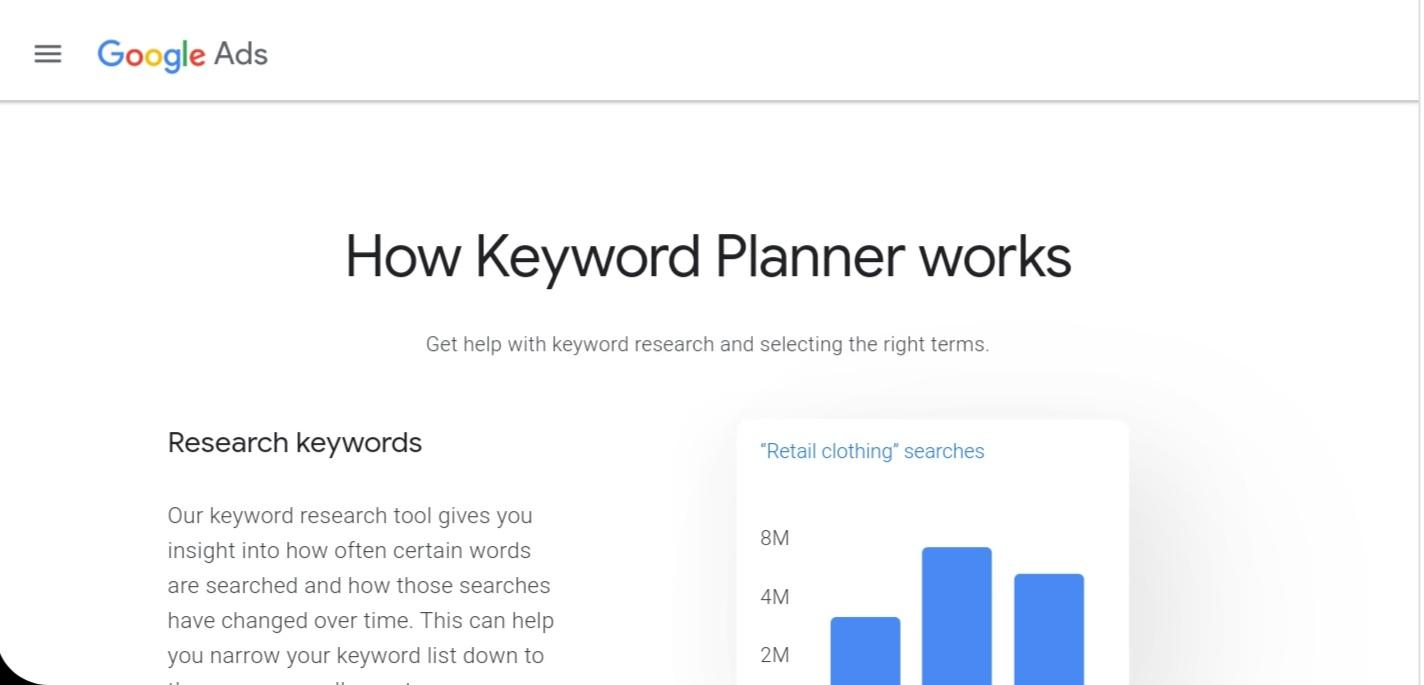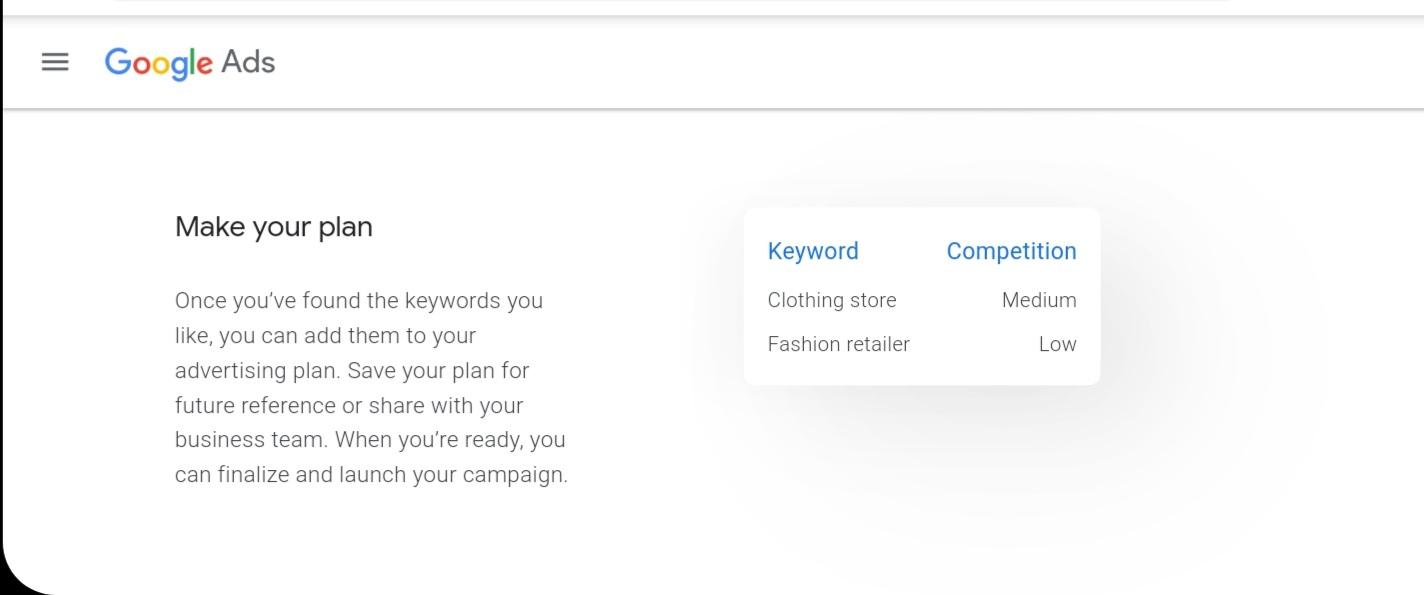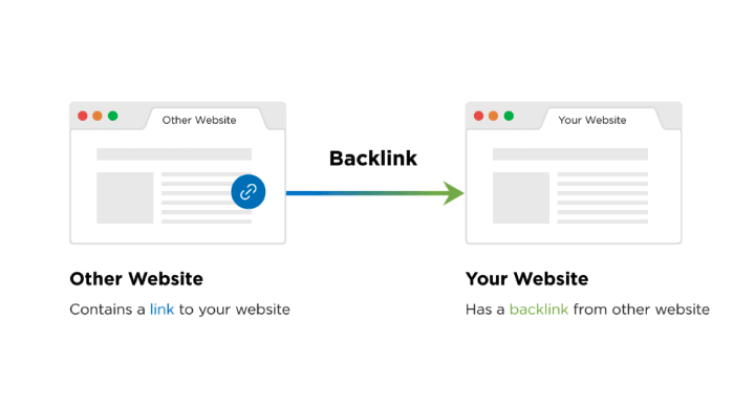Site architecture, when applied and implemented correctly on a website, aids in the good indexing and crawling of the website by search engines.
When crawling the site, Google and other popular search engines are built to detect the structure of a website. This assists websites with the standard site structure to be indexed better than others when search engines return users’ search results.
To get a good website structure for SEO optimization, there are a series of principles, elements, and best practices that need to be followed and included in the website structure.
Why Does Site Structure Matter for SEO Ranking?

Website Structure is important for search engines like Google, Bing, e.t.c to crawl the website effectively; this is most especially dependent on how the internal linking of a website is structured. Most search engines consist of a crawler, an index, and an algorithm. Google, Bing, e.t.c., follow links from other websites to detect the existence of a website.
After detecting the website, it starts to crawl all the internal links that connect all the pages that make up the website structure. These links are the method Google uses to experience websites and then index the web contents and pages.
For example, if a new blog post is created, Google detects it through a link from another website or a previous blog post; it can also detect the new post from the homepage.
The headings, links, and contents are all crawled by the search engines before they are saved in the index.
This means the internal link structure of the website must be well organized if the website is to be detected and indexed by Google.
Other than assisting search engines like Google and Bing to crawl and index a website, good internal linking in the website structure gives the search engines clues to what products and content the website is made of.
This most especially helps websites like product sales websites, blogs, e.t.c., to rank well on Google as long as they have a good website structure.
Highly important content and less important content are classified by Google using the internal linking structure of the website. The links should be more concentrated on the most important pages. The concentration of links on each webpage is proportional to the position of the webpage in the website hierarchy.
Another key element of website structure that Google and other search engines make use of is content context.
For example, a webpage or website that focuses on keyword research should have its link in websites in the same content/context; this helps such a website with better indexing and ranking by Google.
The following key points should be noted :
– A good website structure helps Google navigate to the site and index all web pages.
– A good website structure lets Google know which pages are most important and should be ranked.
– Internal links are important to get your site indexed.
– The context/niche of internal links is important to get a good site ranking.

Best Practices for Implementing Keyword hierarchy into designing SEO-friendly website structures.
For the best results in Google indexing and ranking, keyword hierarchy has to be fully implemented into a website structure.
This technique is implemented in both sales websites as well as blogs.
Keyword hierarchy focuses on structuring the website’s keyword targeting to funnel from the broadest terms to the most specific terms.
The whole website structure can be viewed in the form of a pyramid, with the most important keyword phrases at the lowest section.
The number of keywords used for each webpage is proportional to the relevance of the entire website structure.
For websites designed for marketing, the keyword phrases should be well simulated to align with the natural shopping process or behavior of buyers.
For instance, a website that sells “designer clothing for men”, which is a broad term that when entered into the search engine by prospective buyers brings forth a broad range of results.
The phrase “designer clothing for men” should be aligned to the homepage of a website, which also correlates with the top of the website structure pyramid.
A more specific search query such as “men’s black button-down short” should be aligned with the lowest part of the website structure pyramid, which also correlates to the product sales page.
Implementation of keyword hierarchy is important because search engines tend to accept organized keyword targeting.
What types of site structures are there?
Website structure often falls into one of four categories. It is simpler for designers to develop a meaningful website information architecture when they have a thorough understanding of website structures. Let’s investigate each of them separately.
A Hierarchical Model
One of the most prevalent styles of site architecture is the hierarchical model. In online applications with plenty of data, the hierarchical model is frequently employed. The hierarchical model is like a tree in that it has a trunk (like a homepage) that branches out into categories and pages. The hierarchical paradigm is well-illustrated on websites like CNN.com and BBC.co.uk.
Sequential Model
When guiding users through a sequence, such as onboarding or the creation of a new account, sequential models are frequently used. This model can be used by UX designers to develop process flows. WikiHow.com’s articles are excellent instances of pages that were created with sequencing in mind.
Matrix Model
One of the earliest website structure types is the matrix model. The behavior of this model is distinctive and unconventional. Users have options for their next destination thanks to a matrix-style framework. The best ways to navigate these sites are through internal links or searches. The matrix model is well illustrated by Wikipedia.
Database Model
A dynamic method of website structure is a database model. This kind of website structure should be created by designers using a bottom-up methodology, robust information architecture, and taxonomic best practices. A wonderful example of a database model is Medium.com and the posts and pages it contains.
Important tips for good website structure and SEO ranking
An excellent website structure helps a website to rank well in search engines and provide a good user experience for visitors; all of these work together to drive maximum traffic to a website.
For good ranking and user experience outcomes, there are important elements and best practices that need to be included in a website.
Some of these tips and elements are discussed in the categories :
Use of Navigation Menu: This is a menu that is characteristic of websites; it is positioned at the topmost edge of the website window. Through the navigation menu, users can easily access other sections of a website. A good navigation menu aids a good user experience, and this assists in Google ranking and drives more traffic to the website.

Usage of Footer: The footer is placed at the bottom edge of the website and works just like the navigation menu, although it contains less information and gives users fewer access options compared to the navigation menu. A good footer is also very important for SEO ranking.

Making use of Internal Linking Structure: This is concerned with links in a website; to give a good user experience and Google ranking, the links in a website need to be connected to quality websites and websites that have good content and quality website structure.
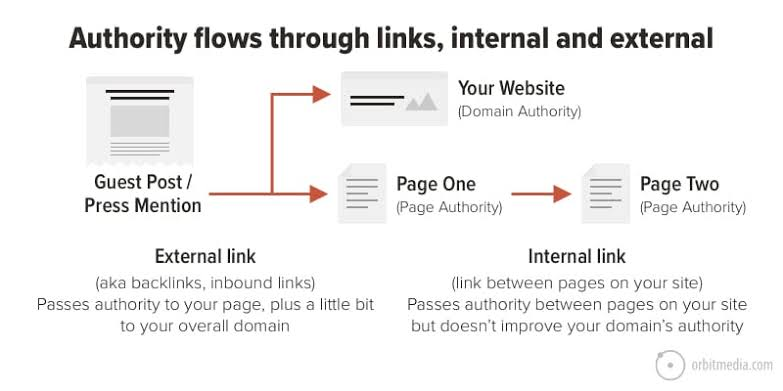
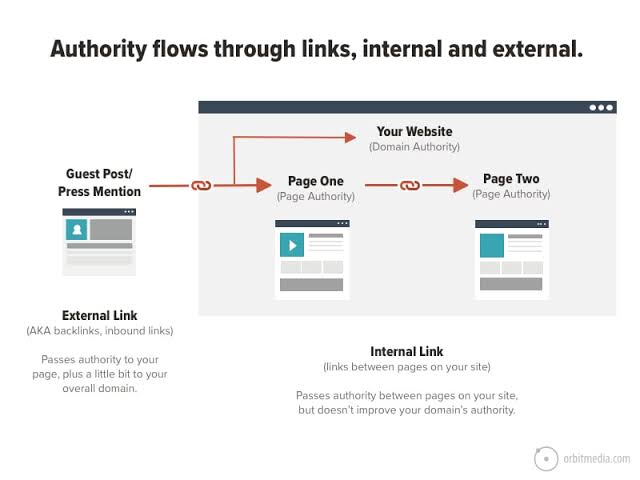
Usage of Bread Crumbs: Breadcrumbs are installed as a means of internal linking in a website structure. It is put in place to show a visitor the exact page they are on a website and help them navigate to other pages of the website easily. This also aids a good user experience and search engine ranking.
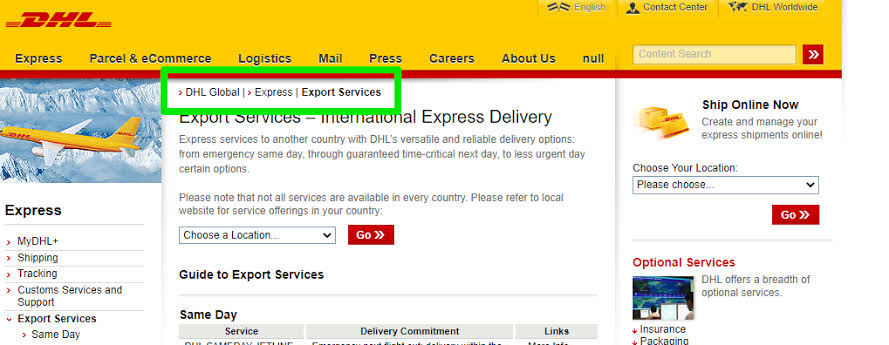
Use of HTML Sitemaps: A large number of website owners no longer include HTML sitemaps in the website structure, but it is a best practice that aids easy website navigation and search engine ranking.
A good website structure is important to any website, even if the website already ranks high in search engines because it still helps the website perform better in the long run.
This is mostly because websites with good website structure integrate better with the Google search engine.
Application of Keyword Hierarchy:
The keyword hierarchy assists the website in describing what each webpage is about.
This is made possible through keyword phrases that are relevant to each webpage.
Also, users can navigate keyword phrases logically throughout the website to guide search engines and customers from page to page.
This makes it easy for customers to locate the content or products of interest easily, and thereby a good user experience is possible.
Users are convinced to revisit from time to time, and this grows the website traffic rapidly.
Below is a diagrammatic representation of how keyword hierarchy works in practice :
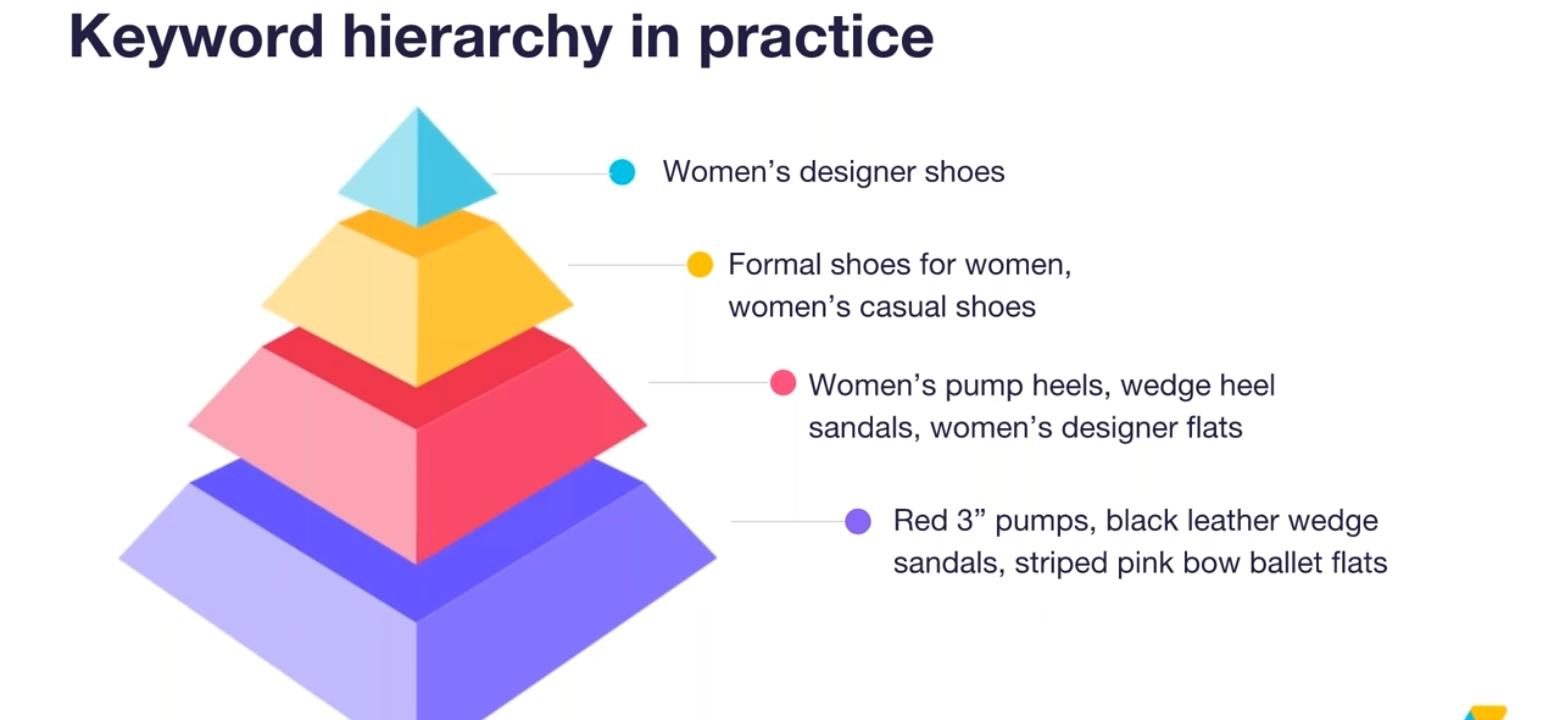
To be able to provide a good keyword hierarchy for a blog or shopping website, keyword research has to be done.
This part of the article will explain in detail how keyword research is conducted professionally :
Popular Keyword Research Tools to Enhance Website Structure :
No tool is perfect, and many of these tools serve different research purposes.
In addition to your industry knowledge and intuition, these tools serve as AI assistance that helps produce the best SEO website structures :
I)SEOBook keyword generator; UberSuggest and Keyword.io:
The SEOBook keyword generator and keyword.io assist in creating initial lists of keyword phrases relevant to the blog or sales website content.
Ubersuggest assists website owners in aggregating all the keywords into relevant phrases using AI technology.

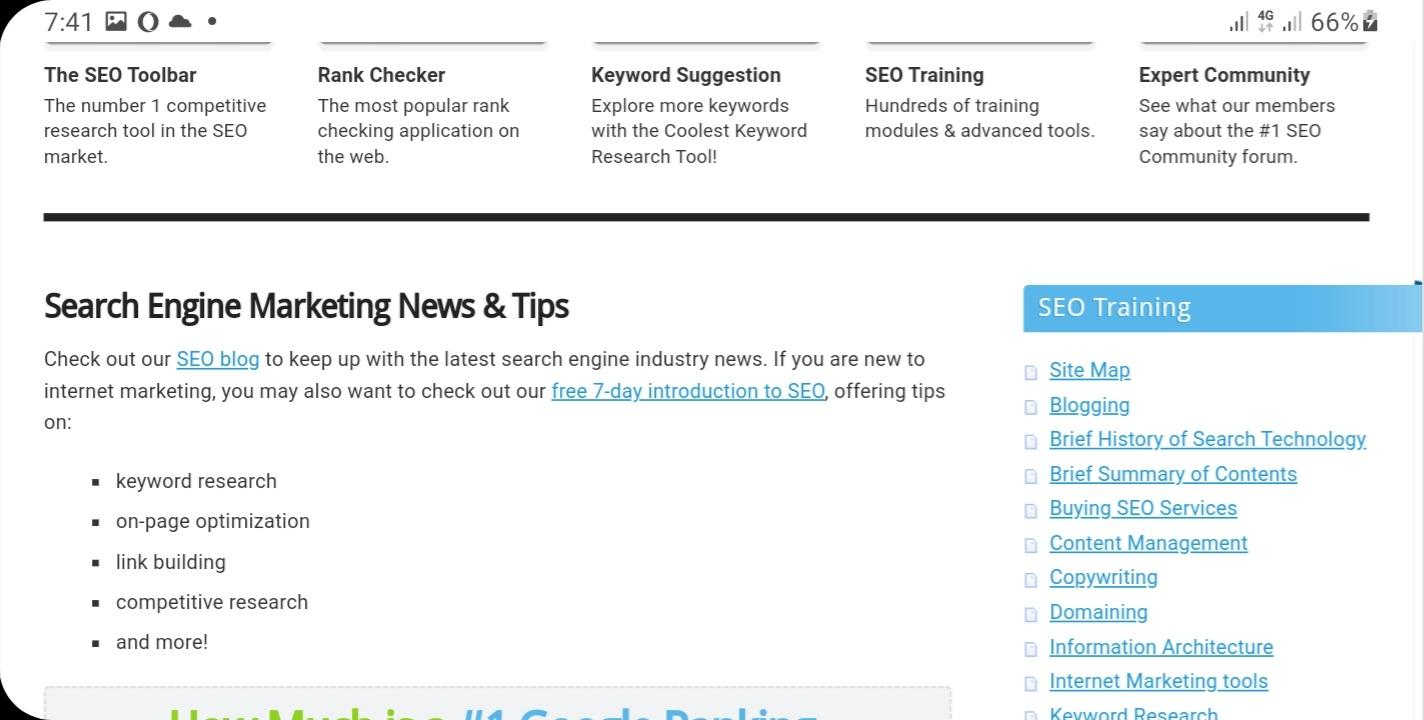
II) SpyFu SEO Tool :
The SpyFu SEO tool is useful for checking the details of each keyword phrase for important features like ranking history, backlinks, search engines, competitor comparison, e.t.c.
SpyFu provides a complete analysis for each keyword phrase.
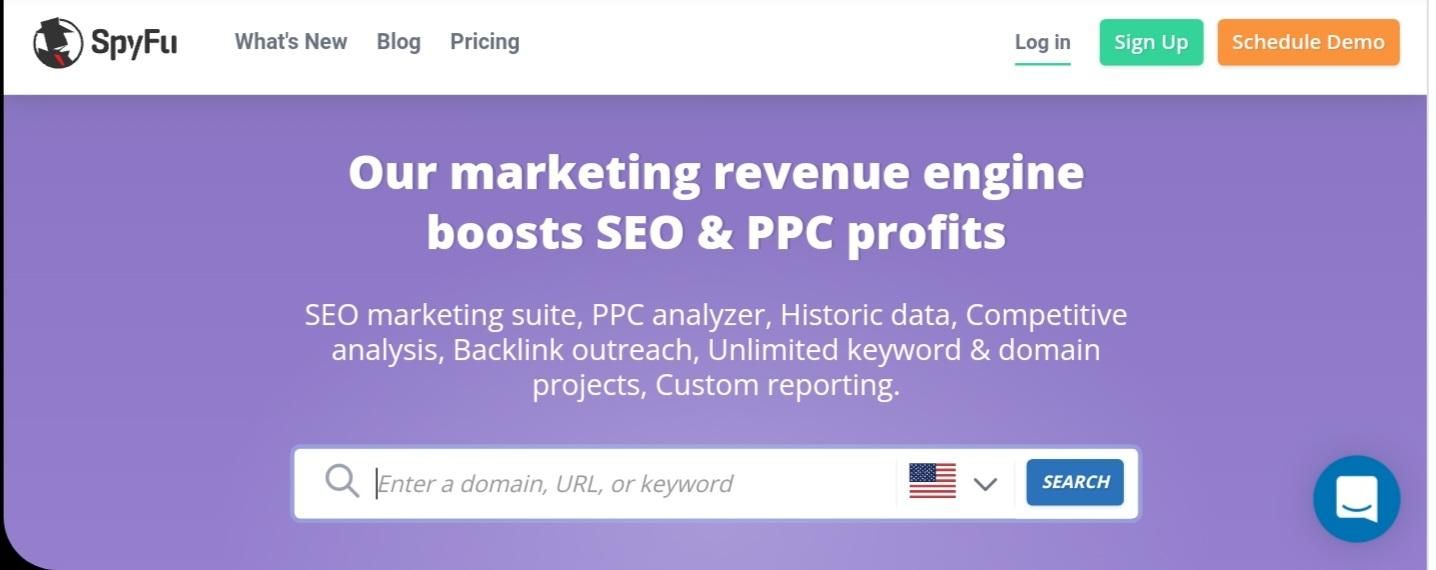
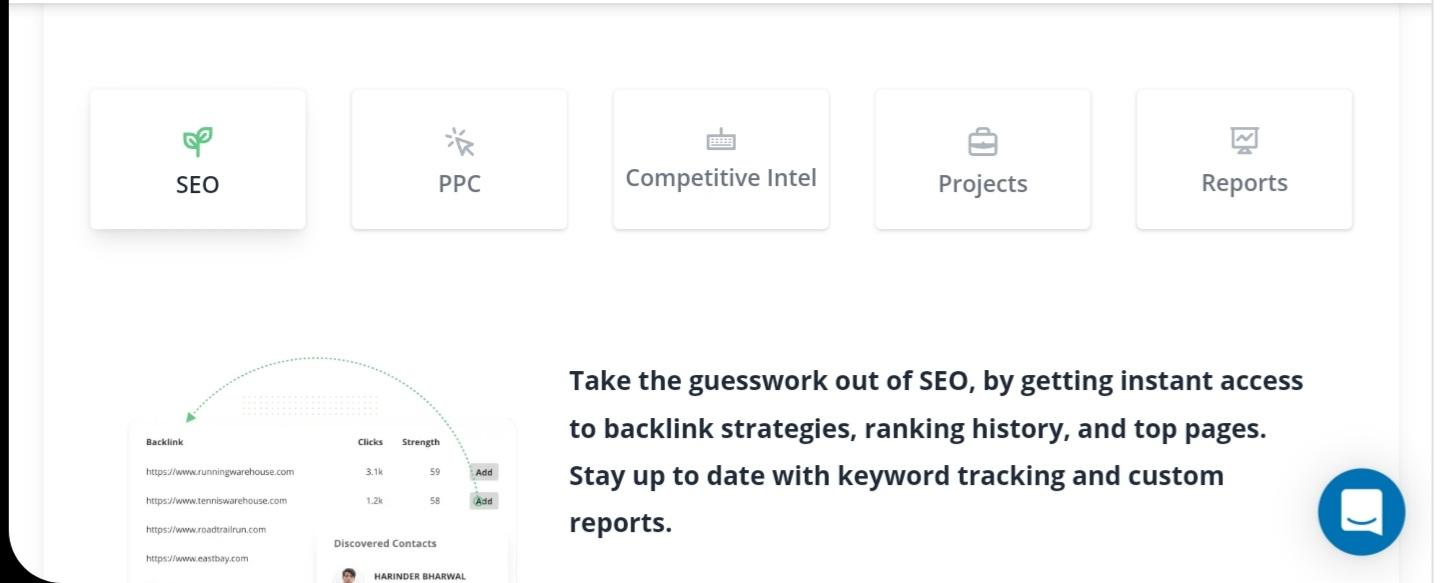
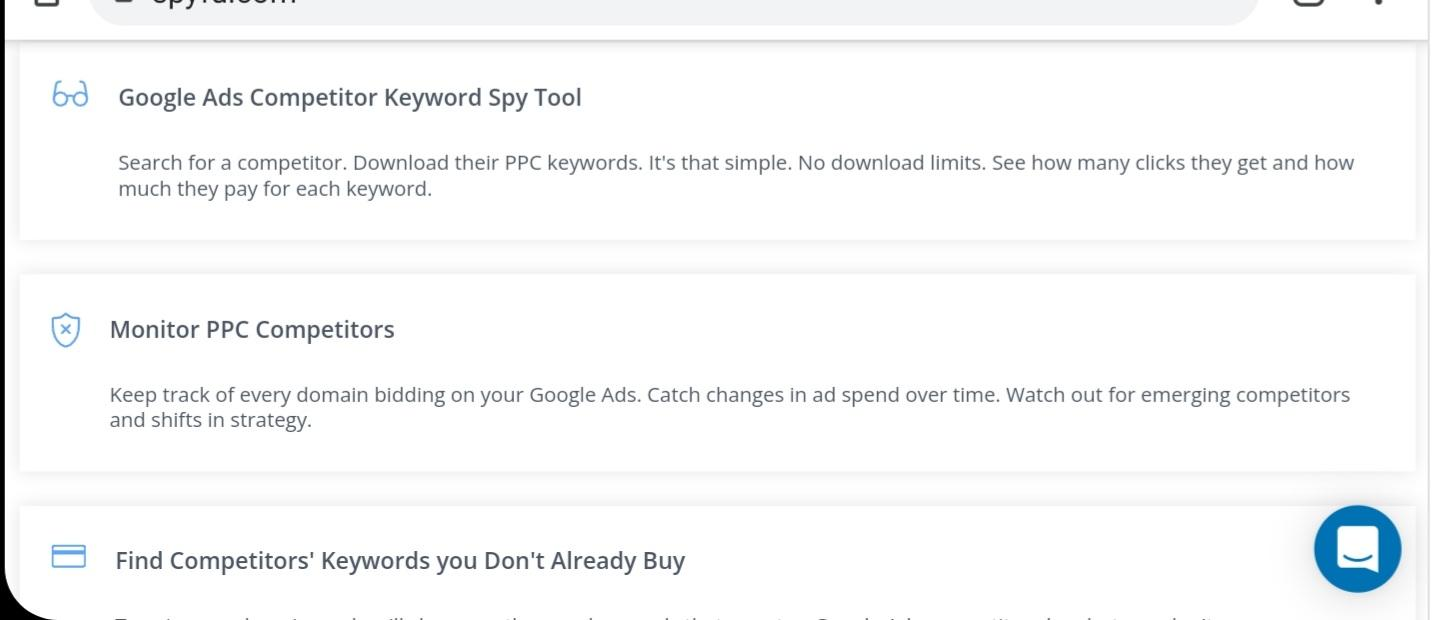
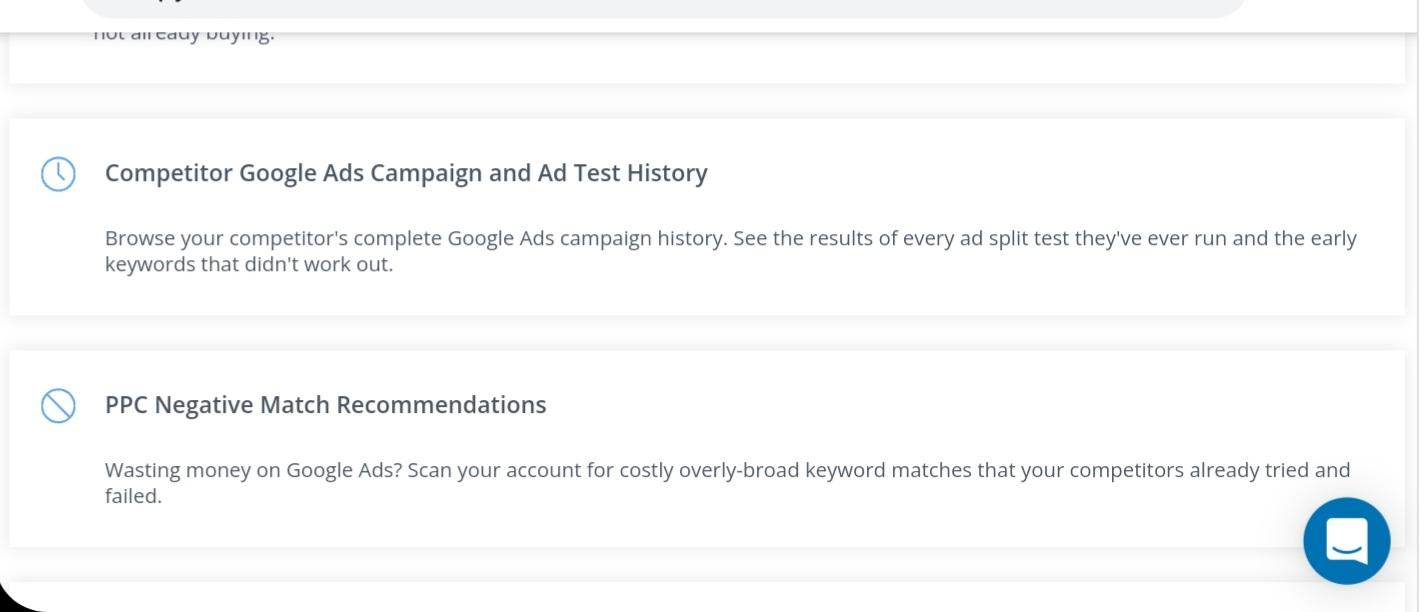
III) Google Keyword Planner:
This is an SEO tool provided by Google; it shows the details of a user’s search engine queries towards a particular keyword.
It also helps website owners that are involved in SEO monetization to get information about pay-per-click data for a particular keyword.
